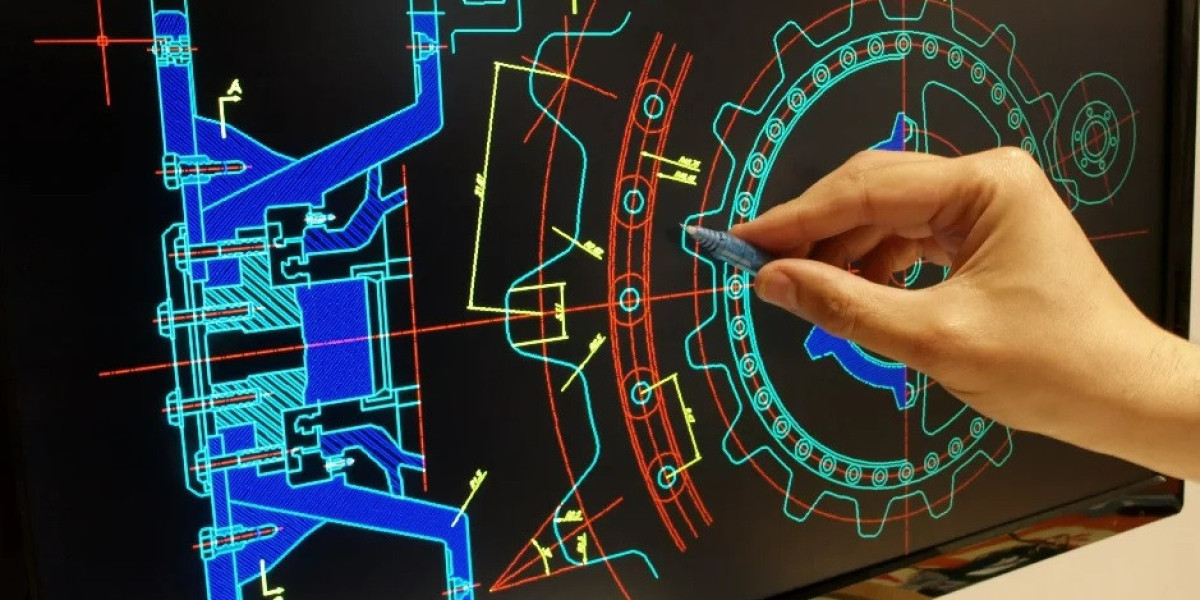Introduction
Computer-Aided Design (CAD) has transformed the way professionals create, modify, and optimize designs. By replacing traditional manual drafting with digital tools, CAD enables precision, efficiency, and innovation across various industries. From engineering to fashion, CAD plays a critical role in modern design workflows, reducing errors and streamlining production.
The Evolution of CAD
The journey of CAD began in the 1950s with rudimentary computer-based drafting systems. By the 1980s, advanced CAD software revolutionized industries like automotive and aerospace. Today, CAD has evolved into a sophisticated tool with 3D modeling, simulation, and automation capabilities, making design more efficient and interactive than ever before.
Key Benefits of CAD
CAD enhances accuracy by minimizing human errors and allowing precise measurements. It improves productivity by enabling rapid design modifications, reducing the time required for prototyping. Collaboration is seamless, as designers can share digital models across teams in real time. Additionally, CAD reduces material waste by optimizing layouts and detecting design flaws before production begins.
CAD Applications Across Industries
- Architecture and Construction: Architects use CAD for drafting, 3D visualization, and structural analysis.
- Engineering and Manufacturing: Engineers create machine components, optimize workflows, and perform stress analysis.
- Fashion and Textile Design: CAD aids in pattern making, fabric simulation, and color visualization.
- Automotive and Aerospace: Designers develop prototypes and conduct virtual testing for aerodynamics and safety.
- Medical and Healthcare: CAD is crucial for designing prosthetics, medical devices, and anatomical models.
Popular CAD Software
Several software solutions dominate the CAD landscape, each offering unique features:
- AutoCAD: A widely used tool for 2D drafting and 3D modeling.
- SolidWorks: Ideal for mechanical design and engineering simulations.
- Revit: Tailored for architectural design and building information modeling (BIM).
- Fusion 360: A cloud-based solution with integrated simulation and manufacturing tools.
- CATIA: Preferred in aerospace and automotive industries for complex product design.
Future of CAD Technology
The future of CAD is driven by artificial intelligence, cloud computing, and augmented reality. AI-powered design automation enhances productivity, while cloud-based CAD allows remote collaboration. Virtual and augmented reality are revolutionizing the way designers interact with models, offering immersive design experiences.
Read More - https://www.marketresearchfuture.com/reports/computer-aided-design-market-8531
Conclusion
Computer-Aided Design (CAD) is a game-changer in the design and engineering world. With continuous advancements in technology, CAD will further enhance creativity, efficiency, and accuracy in various industries. As digital transformation accelerates, CAD remains an essential tool for innovation and progress.








